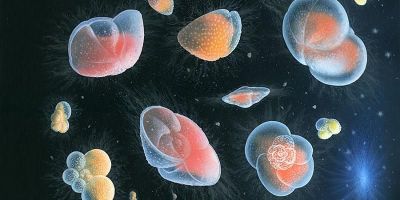News
Inspiring sedimentology conference held in Leeds
In December, the School of Earth and Environment hosted the 63rd British Sedimentological Research Group (BSRG) Annual General Meeting (AGM).
El Niño caused greatest ever mass extinction new research reveals
Mega ocean warming El Niño events were a significant driver of the largest mass extinction of life on Earth some 252 million years ago, according to new research.
Land-sea “tag-team” devastated ocean life millions of years ago
A “tag-team” between the oceans and continents millions of years ago devasted marine life – and altered the course of evolution on Earth, say scientists.
Nature’s kitchen – how chemistry used by cooks helped create life on Earth
A chemical process used in the browning of food to give it its distinct smell and taste is probably happening in the oceans, where it helped create the conditions necessary for life.
Fossil study reveals origins of biodiversity gradient
Researchers have used nearly half a million fossils to solve a scientific mystery - why the number of different species is greatest near the equator and decreases towards polar regions.






